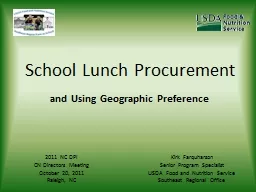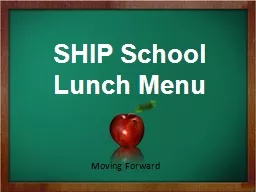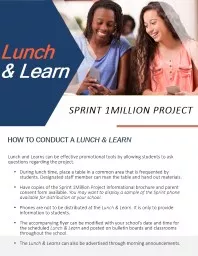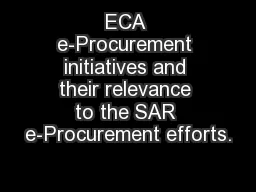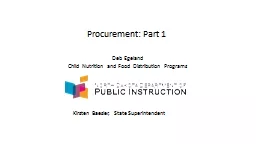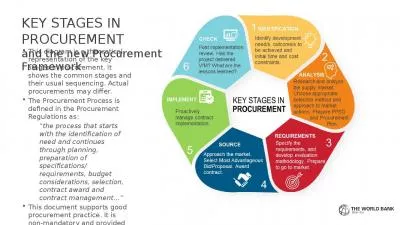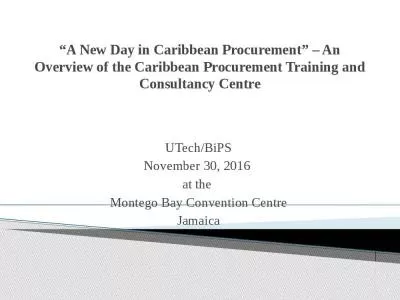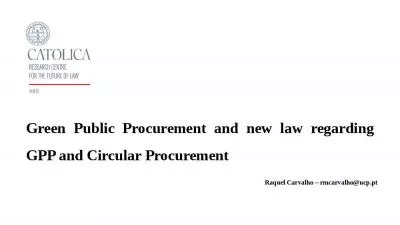PPT-School Lunch Procurement
Author : jane-oiler | Published Date : 2016-05-26
and Using Geographic Preference Kirk Farquharson Senior Program Specialist USDA Food and Nutrition Service Southeast Regional Office 2011 NC DPI CN Directors Meeting
Presentation Embed Code
Download Presentation
Download Presentation The PPT/PDF document "School Lunch Procurement" is the property of its rightful owner. Permission is granted to download and print the materials on this website for personal, non-commercial use only, and to display it on your personal computer provided you do not modify the materials and that you retain all copyright notices contained in the materials. By downloading content from our website, you accept the terms of this agreement.
School Lunch Procurement: Transcript
Download Rules Of Document
"School Lunch Procurement"The content belongs to its owner. You may download and print it for personal use, without modification, and keep all copyright notices. By downloading, you agree to these terms.
Related Documents

